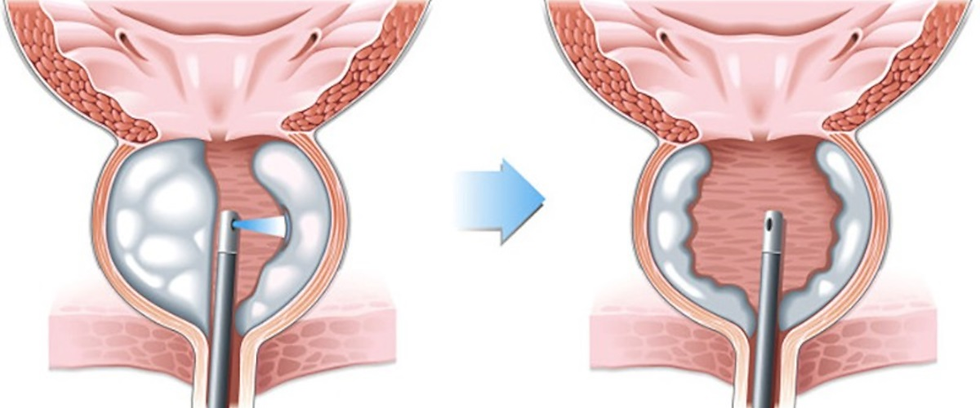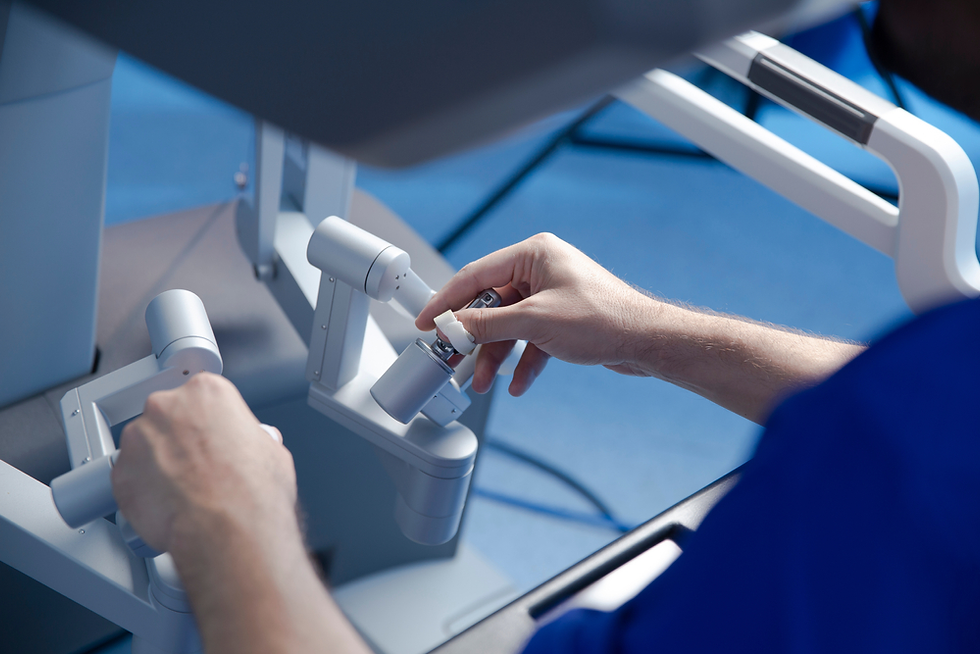HoLEP Surgery vs. Other Treatments for BPH: Making an Informed Decision
- Medtour Monterrey

- Jul 9, 2024
- 3 min read
Updated: Dec 2, 2024

Introduction
Benign Prostatic Hyperplasia (BPH) is a common condition affecting many men as they age, causing urinary symptoms that can significantly impact their quality of life. There are various treatments available for BPH, ranging from medications to surgical procedures. This blog post provides a detailed comparison between HoLEP (Holmium Laser Enucleation of the Prostate) and other treatments for BPH, helping patients make an informed decision.
What is HoLEP Surgery?
Procedure Overview: HoLEP is a minimally invasive surgical procedure that uses a high-powered holmium laser to remove excess prostate tissue blocking urine flow. The procedure involves the following steps:
Anesthesia: General or spinal anesthesia is administered.
Insertion: A resectoscope with a camera is inserted through the urethra.
Laser Enucleation: The laser is used to cut and remove obstructive prostate tissue.
Morcellation: The removed tissue is fragmented and extracted.
Recovery: Patients typically go home the same day or after a short hospital stay (Yale Medicine) (Mayo Clinic) (Cleveland Clinic).
Comparison of Treatments for BPH
1. Medications
Types: Alpha-blockers (e.g., tamsulosin), 5-alpha-reductase inhibitors (e.g., finasteride), and combination therapy.
Benefits: Non-invasive, can reduce symptoms effectively.
Limitations: May take weeks to months to show effects, possible side effects include dizziness, sexual dysfunction, and low blood pressure. Often not a permanent solution (Mayo Clinic).
2. Transurethral Resection of the Prostate (TURP)
Procedure: A resectoscope is inserted through the urethra to trim excess prostate tissue.
Benefits: Long-standing standard surgical treatment, effective in relieving symptoms.
Limitations: Involves hospital stay, longer recovery period, higher risk of bleeding and complications compared to HoLEP (Cleveland Clinic).
3. GreenLight Laser Therapy
Procedure: A laser is used to vaporize excess prostate tissue.
Benefits: Minimally invasive, quick recovery.
Limitations: May not be suitable for very large prostates, potential for retreatment (Mayo Clinic).
4. Urolift System
Procedure: Small implants are used to hold the prostate lobes apart, relieving obstruction.
Benefits: Minimally invasive, quick recovery, no cutting or heating of prostate tissue.
Limitations: May not be suitable for very large prostates or severe symptoms, potential need for retreatment (Yale Medicine).
5. HoLEP Surgery
Procedure: As described above.
Benefits: Complete removal of obstructive tissue, long-lasting results, minimal bleeding, quick recovery.
Limitations: Requires general or spinal anesthesia, temporary urinary incontinence and retrograde ejaculation may occur (Home) (Cleveland Clinic).
Detailed Comparison Table
Factor | HoLEP Surgery | Medications | TURP | GreenLight Laser Therapy | Urolift System |
Invasiveness | Minimally invasive | Non-invasive | Moderately invasive | Minimally invasive | Minimally invasive |
Symptom Relief | Immediate and long-lasting | Gradual | Immediate | Immediate | Immediate |
Hospital Stay | 1 day | None | 2-3 days | 1 day | None |
Recovery Time | 1-2 weeks | None | 3-4 weeks | 1-2 weeks | Few days |
Effectiveness | High | Moderate | High | Moderate | Moderate |
Bleeding | Minimal | None | Moderate | Minimal | None |
Re-Treatment Rates | Low | High | Moderate | Moderate | Moderate |
Side Effects | Temporary incontinence, retrograde ejaculation | Sexual dysfunction, dizziness | Incontinence, bleeding | Mild urinary symptoms | Mild discomfort |
Conclusion
Choosing the right treatment for BPH depends on various factors, including the severity of symptoms, prostate size, patient health, and personal preferences. HoLEP surgery offers numerous benefits such as minimal invasiveness, effective and long-lasting symptom relief, and a quick recovery period. However, other treatments like medications, TURP, GreenLight Laser Therapy, and the Urolift System also have their advantages and may be suitable for different patient needs. Discussing these options with a healthcare provider can help determine the best approach for managing BPH.




Comments